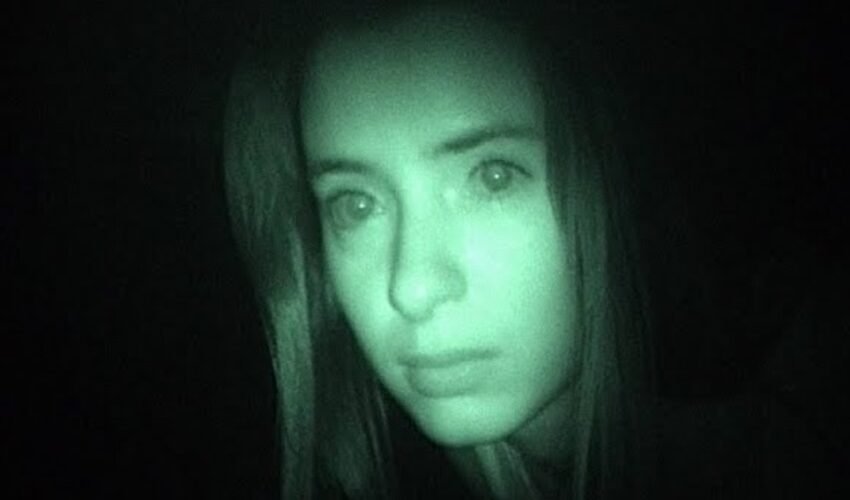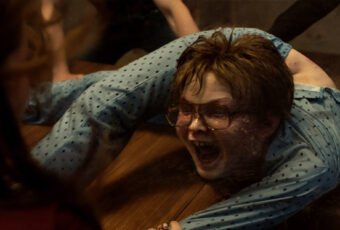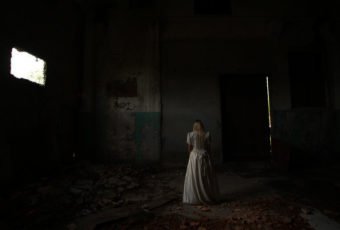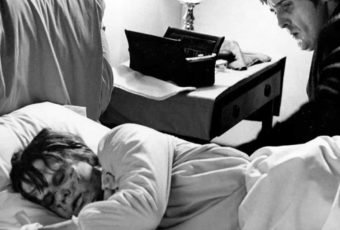The internet can be a scary place, especially when chilling tales of vengeful ghosts start spreading like wildfire on social media. One such viral ghost story is that of Teresa Fidalgo, a supposed Portuguese spirit who haunts a deserted road and threatens harm to those who refuse to share her story. This tale has captured the imaginations of many, but the question remains – Is it real or just another digital hoax? Let’s unravel the mystery of Teresa Fidalgo.

The Origins of a Viral Ghost
The legend of Teresa Fidalgo first emerged in 2014, when a video titled “A Curva” began circulating online. It depicted a group of friends picking up a female hitchhiker claiming to be Teresa Fidalgo, a woman who died in a car accident on that same road in 1983. After showing them the curve where she perished, the friends meet their own tragic end, crashing in the same spot.
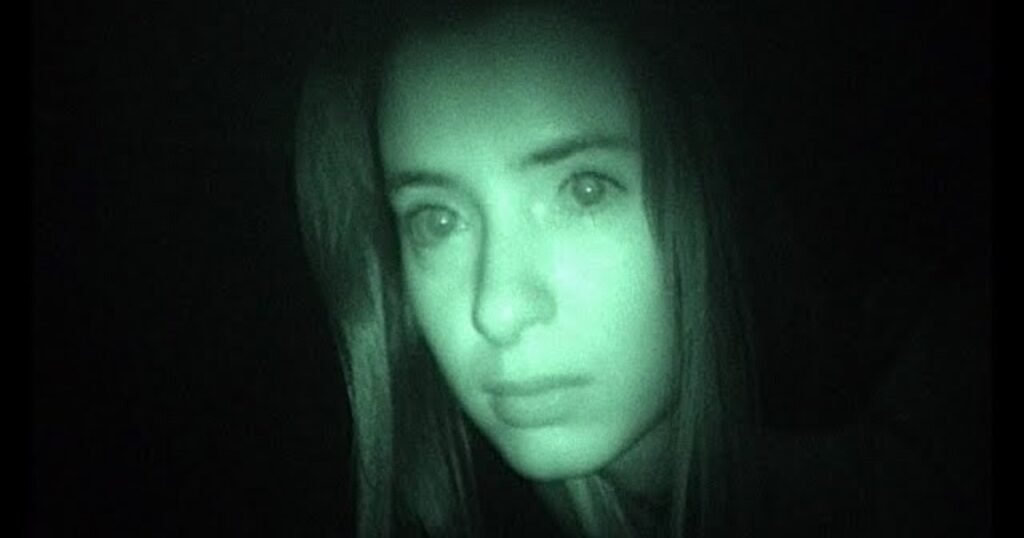
This chilling found footage-style video was often accompanied by a dire warning – share the story of Teresa Fidalgo, or you’ll be cursed. Naturally, this combination of creepy visuals and an ominous threat is digital catnip, allowing the story to spread rapidly across social media platforms like Facebook, Instagram, and WhatsApp.
Fabricated Horrors
However, the backstory of Teresa Fidalgo is completely fabricated. The video originated from a 2003 short film called “Virus” by Portuguese director David Rebordão. He later confirmed that while the footage looks convincingly real, the entire story was scripted with actors, a fact many viewers missed.
Despite the director himself admitting the fictional nature of this tale, the legend of Teresa Fidalgo persists online. The story seems to periodically resurface and ensnare new audiences who are unaware of its origins. This highlights how easily faked content can be mistaken for fact in the social media age.
No Proof of Fidalgo’s Existence
While “A Curva” is real film footage, there is zero evidence to back up the claims about Teresa Fidalgo herself. Extensive searches into public records and news reports from 1983 uncover no mention of a fatal crash victim by that name in Portugal.
It appears Fidalgo was dreamed up purely for this film, yet the specificity of details in her story led many to believe she was a real ghost. This demonstrates how supposed facts can be invented to make fake narratives appear more credible.
A Viral Ghost Hoax
The recurrent spread of the Teresa Fidalgo legend reveals much about the nature of viral online hoaxes. It shows how the emotional pull of horror and the psychological pressure of social threats can drive rapid, uncritical sharing.
Fear overrides rationality, and a compelling story feels like it must be real. This makes us all vulnerable to manipulation by misinformation, especially ghost stories that play upon our superstitions.
The next time a too-perfect tale spreads across your social media feed, don’t panic-share it instantly. Pause and scrutinize the source, check other reports on the subject, and exercise some healthy scepticism before contributing to its spread. We all have a responsibility to avoid enabling viral hoaxes, even ghostly ones like Teresa Fidalgo’s.
The Reality Behind the Tale
While Teresa Fidalgo offered a good campfire-style scare, the core truth remains – she is merely a fictional character, not a restless spirit threatening social media users. Viral hoaxes may come and go, but applying critical thinking is the best defence against their spread.
The internet is dark and full of terrors, but with vigilance and logic, we can keep the most chilling of them contained to creepypastas and campy horror movies where they belong. Teresa Fidalgo’s story serves as a teachable moment, reminding us it pays to play Ghostbusters on too-good-to-be-true viral tales.
Read more from the website:
